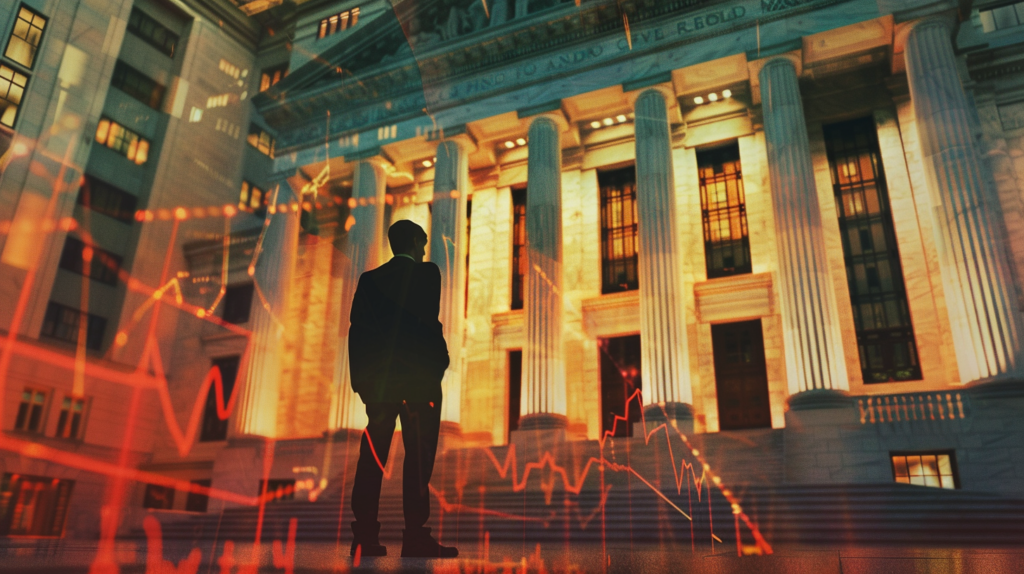Leading economists offered contrasting views on Thursday after the Federal Reserve’s 25-basis-point rate cut, with some warning of persistent inflation risks while others supported the central bank’s gradual easing approach.
What Happened: Jason Furman, a key figure in 44th U.S. President Barack Obama’s administration expressed skepticism about the Fed’s balanced risk assessment, pointing to concerning inflation indicators.
“Core PCE inflation is 2.7% (above target),” Furman noted on X, warning that inflation could climb to “2.8% or possibly even 2.9%.” He suggested this trend could complicate the Fed’s planned rate reduction schedule unless labor markets weaken significantly.
Economist Peter Schiff delivered sharp criticism of Fed Chair Jerome Powell‘s inflation-targeting strategy, citing structural challenges.
“The Fed cut interest rates by 25 basis points, claiming they’re confident they’ll achieve their long-term inflation target of 2%,” Schiff wrote on X. “Powell can’t possibly believe that, considering a $36 trillion National Debt and the prospect of 2025 tax cuts sending demand and deficits soaring.”
Wells Fargo struck a more moderate tone, with strategist Luis Alvarado telling Yahoo Finance they expect “another [cut] in December,” while maintaining flexibility about 2025 policy adjustments.
Why It Matters: The Fed’s decision, which lowered rates to 4.5%-4.75%, came amid robust economic indicators including 2.8% second-quarter GDP growth. Powell dismissed October’s weak employment data as temporary, citing strikes and weather disruptions.
Markets responded modestly to the day’s events, with the U.S. Dollar Index dipping 0.07% to 104.44 and the 10-year Treasury yield inching up to 4.353%.
The SPDR S&P 500 ETF SPY closed at $595.61, up 0.77%, with a modest after-hours increase of 0.02%. The iShares Russell 2000 ETF IWM finished at $236.38, down 0.35%, though it rose 0.15% in after-hours trading.
The S&P 500 gained 0.74%, reaching a record high of 5,973.10, while the Nasdaq advanced 1.51% to 19,269.46, marking its first close above 19,000. The Dow Jones Industrial Average was largely unchanged, ticking down by less than one point to end at 43,729.34.
S&P 500, Dow, and Nasdaq 100 futures were flat. On the currency front, the Japanese Yen held steady at $0.0065, while the Euro slipped by 0.11% to $1.0788.
Read Next:
Federal Reserve illustration created using artificial intelligence via MidJourney.
Disclaimer: This content was partially produced with the help of AI tools and was reviewed and published by Benzinga editors.
© 2024 Benzinga.com. Benzinga does not provide investment advice. All rights reserved.








